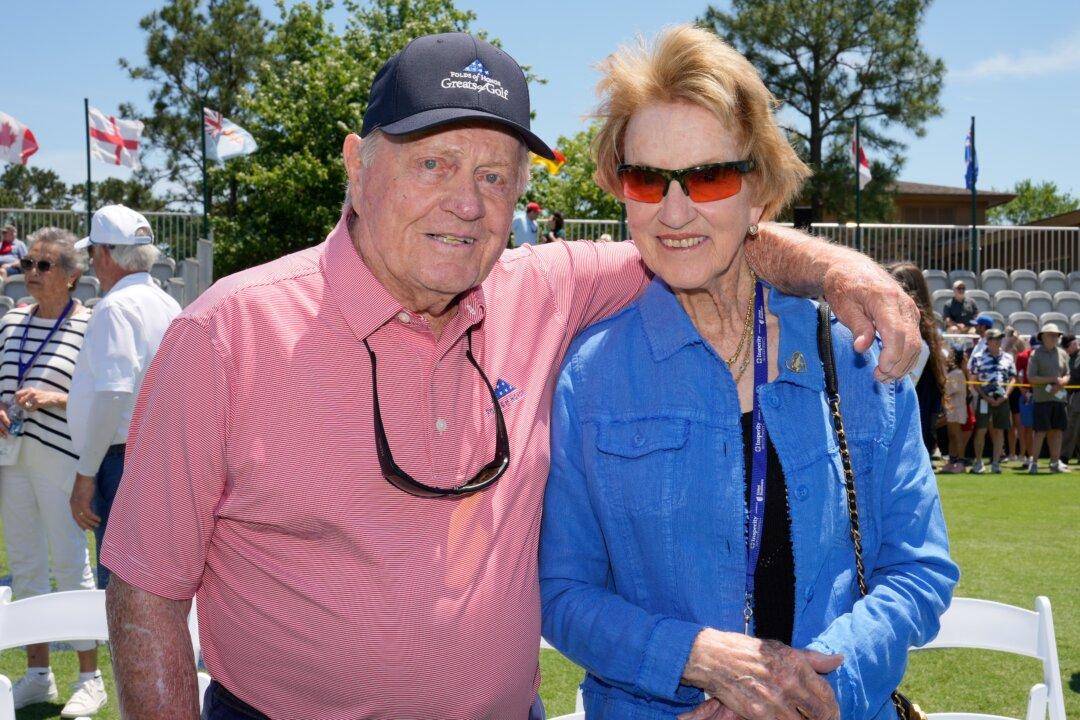UNIVERSITY PLACE, Wash.—This year’s U.S. Open marks a number of firsts. The Pacific Northwest finally hosts the national championship of American golf. And the host site, Chambers Bay, marks the first time since 1970 that a relatively unknown and untested course steps to the front of the line in testing the world’s premier players.
But the more lasting “first” is the new television broadcast partner. Since 1995, the United States Golf Association (USGA)—the sponsoring organization for the Men’s Open—has contracted with the National Broadcasting Company (NBC). That relationship ended—somewhat abruptly—in 2014. Fox Sports secured a 12-year deal, starting with this year’s U.S. Open and running through 2026. The $1.1 billion deal comes to $93 million a year—far surpassing even double the amount that NBC had hoped would keep the U.S. Open on its radar screen as a live sporting event.
But landing the exclusive telecast of USGA events—a major coup for Fox—is yesterday’s news. The real story is yet to come when coverage commences with this week’s championships. Here are five concerns Fox needs to handle in order to show savvy golf viewers the network is no less the equal of NBC.
1. Can producer Mark Loomis keep all the players operating under one roof?
Fox is most fortunate to have talented and highly experienced Mark Loomis at the top of the production. Loomis has significant golf experience in having worked at ABC during its golf coverage along with stints in sports production experiences with the National Football League (NFL) and Major League Baseball (MLB).





